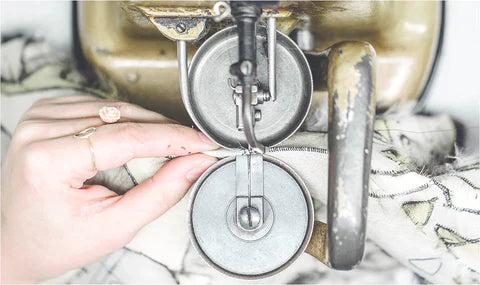
Furrier or sustainable magician
Over time, the furrier profession has become smaller and smaller in Denmark. Therefore, it can be difficult to find knowledge about the profession and its techniques.
At NATURES Collection, we are proud of the furrier profession and want to pass on all the knowledge we have about the profession to our customers, so that you can learn more about the processes and techniques behind, for example, a fur jacket or a blanket.
Read more about fur and how fur is sustainable.
In our NC Studio, we make special orders like cushions, blankets or similar, double sheepskins, fur jacket repairs and much more.
Read this blog post and find out what it means to zweck, pike or leather and learn more about dunkning, leathering and placement.
What is a furrier?
A furrier is, in all its simplicity, a craftsman who works with all kinds of fur and sews it together into garments. You can trace furriers all the way back to the Stone Age, where tools have been found that were most likely used to cut skin and sew it together.
In several graves from the Third Ice Age, needles made of bone have been found, which have been used to sew skins together. Tendons and intestines were used as thread.
For hundreds of years, our ancestors have used the natural fur as clothing to keep warm in the Scandinavian climate.

After the Third Ice Age, approx. 4000 years before Christ, it has been found, that a decisive change took place in the furrier's profession. Lots of reindeers wandered around Europe and the many skins were now used as decorative elements in the home or as clothing.
There are, for example, several cave paintings picturing the tanning and stitching of skins. A wall painting has been found in a tomb in Egypt. Here you can see how a skin is tanned and how a leopard skin is made into a priest's robe and as decoration on a warrior's shield.
Ever since then, the use of fur has extended, and the fur trade developed at lightning speed. Many began to use the skins of their own animals all over the world and in the Mediterranean area the furrier's trade had already been developed for many hundreds of years.
When the famous Roman emperor, Julius Caesar, traveled to England and met the sight of warriors wearing fur, the great fur trade began.
The oldest known furrier was found in Rome in year 56 after Christ. To this day, you can still see the old workshop with the large marble tablets with prices for tanned and untanned hides.
The Danish Vikings were also very important to the fur industry. When they plundered, they also found many different animals, which they skinned and sold in exchange for grain, materials, weapons, clothing, and wine.

Over time, the fur trade changed its headquarters, but one thing was constant – the fur trade grew, and more people gained access to the fantastic material. It went from being reserved for the nobles or royalty to the common citizen, who also wore fur jackets.
Today, fur is still sold all over the world and despite the influx of fast fashion in recent decades, the fur industry has started to gain ground again due to the fantastic sustainable and environmentally friendly qualities that fur has.
In these times, it is hard not to consider fur as a sustainable alternative to all the cheap clothes that are made of plastic and put a huge burden on the environment.
Do you also want to protect nature, and do you want to protect the earth, so that we can stay here a little longer? Come with us into the world of fur and learn more about the many special terms and expressions behind the profession of a furrier.
Zweck
The word originally comes from German and denotes a very essential part of the process when you adapt several smaller skins so that they end up, for example, forming the perfect fur jacket.
When you zweck a skin, you fasten it to a plate with staples. Before this, the skin side is wetted with water, after which it is pulled either with the hands or using a piece of wood. This makes the skin larger, so that all skins match in length and width. When the skins are stretched enough, they are laid out to dry on the plates.
When you wet the skin and stretch it, you are modeling the skins so that they get the size needed for the pattern.
The technique reflects the amazing flexibility and malleability that genuine fur possesses. You can stretch skins so that they are the same size, but you can also choose to stretch your skins lengthwise so that the skins have more volume.
This is done, for example, if you are dealing with fox skins that need to be pulled later in the process.
What does it mean to pull a skin?
When you pull a skin, you cut it in smaller pieces, to sew it in the right shape. The technique is about manipulating the material and moving it around.
The technique is often used when making a mink jacket, where the length must fit perfectly. Instead of sewing on a piece of leather that is 10 cm, you can move the entire leather, so that it will fit in length.
If you do that, you will of course lose a few centimeters in width, but it is preferable to move the skin rather than seeing a transition from the two skins, which are not the same length and which are sewn together for a pattern’s measures.

Bridle
A bridle is an adhesion that is used, when making a beautiful finish on an open lining that is sewn in a jacket or when you must fasten a belt to a jacket without being able to see the fastener. A bridle is a way of attaching something to a jacket, without you being able to see the assembly.
A bridle is typically used in jackets where the lining is open so you can see inside. It is also often used to fasten a belt on, for example, a mink jacket or mink vest.
Placement
When you make a placement, you remove all the mistakes that can be on a skin. Some skins may have bullet holes or damage from the animal's lifetime. These damages must be removed so that you cannot see that they have been there, so that you can make sure that the jacket you are sewing does not end up with mistakes and damages.
To remove these damages, you use what you call a wedge or a fish. These are smaller figures that are placed on the leather side and then cut out of the leather. If the damage is found on the fur side, a needle or the tip of a knife is inserted so that you can see on the skin side where the wedge or fish should be placed.
The skin is then sewn together again, considering the hair length of the fur, and after that it can no longer be seen, that there has been a mistake or damage on the skin.

Grotz
Within the furrier profession, there are many different expressions to keep track of. One of the words that comes up a lot is grotz. The word is German and denotes the middle of the back of the hide. In English, the word 'centre back' is used.
Zweck off
When you have zwecked a skin, you ’zweck’ it to the table it is on, so that it retains the extended shape which it obtained when it was wetted and stretched.
When the skin is dry and formed, the nails must be taken out.
This must be done gently, so that the skin does not break, and therefore you need to use what is called an off-zwecker. An off-zwecker is a tool that makes it easy to tilt the seams out of the leather, so that it is not visible afterwards.
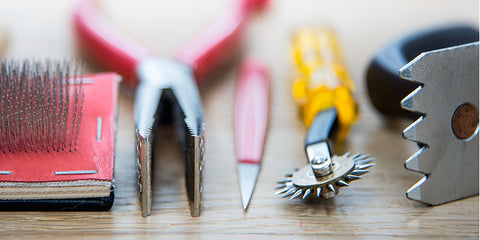
Piking
The pike stitches are sewn from the wrong side with small, slanted stitches that appear as horizontal stitches on the right side. This technique prevents the fur jacket from going out of shape.
Pike stitches is originally a hand-sewing technique, where you attach one material to another without being able to see it. You reach down minimally between the layers of the material, so that you cannot see the fastening on the surface.
This is done, for example, when sewing on pockets.
Watteline
When making a fur jacket, there are many elements behind the lining, each of which has its own function, so that the jacket has the best possible quality.
Watteline is a layer of fabric that protects the lining from the sewing in the jacket. Many does not know about watteline but at the tailor you can find the same material under the name French interlining.
It is a loose knitted quality that isolates and retains heat with the help of the airy structure.
Watteline is sewn on as one of the last things before the lining. It is used to seal off edges. Watteline adds volume to the edges and further isolate the jacket so you can keep warm.
Leathering
When working with genuine fur and skin, which is a natural material, it may be necessary to use certain techniques to make the transition between the sewn skins less visible.
Here you use the technique, leathering, where you sew a piece of leather that is approx. 1 cm wide, between two skins sewn together on the leather side.
After leathering, the hairs will lie down nicely and make the stitching less visible and the jacket more beautiful.

Dunkning
Dunkning is one of the most difficult techniques in the furrier profession. When dunkning, one skin is turned into two skins or vice versa. You can also take one skin and turn it into three skins.
The skins will lose length or width. The more skins you make out of one skin, the clearer it becomes and there are more people who do not like that.
However, it is a smart solution to make a certain pattern.

An old craft that never fails
The furrier profession is something very special, if you ask us. NATURES Collection is proud to sell and tailor products that have their beginnings in the hands of a furrier. It is an old craft that has proven to be timeless, and the quality is unmistakable.
With its sustainable and environmentally friendly footprint as well as the undeniably high quality, we want the furrier profession to continue, and we want to create awareness about these fantastic qualities, so that more and more people want to become the next generation of furriers.
You are more than welcome to comment this blog post and if you have any questions, please do not hesitate to contact us, or visit us in our store and showroom.

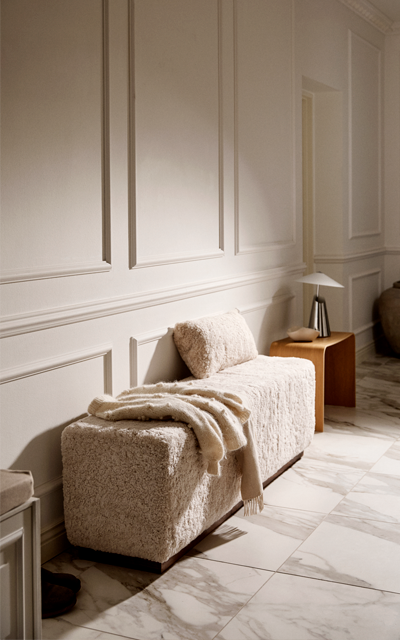
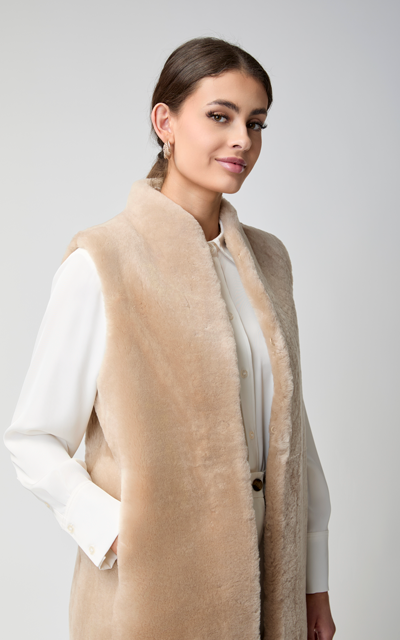
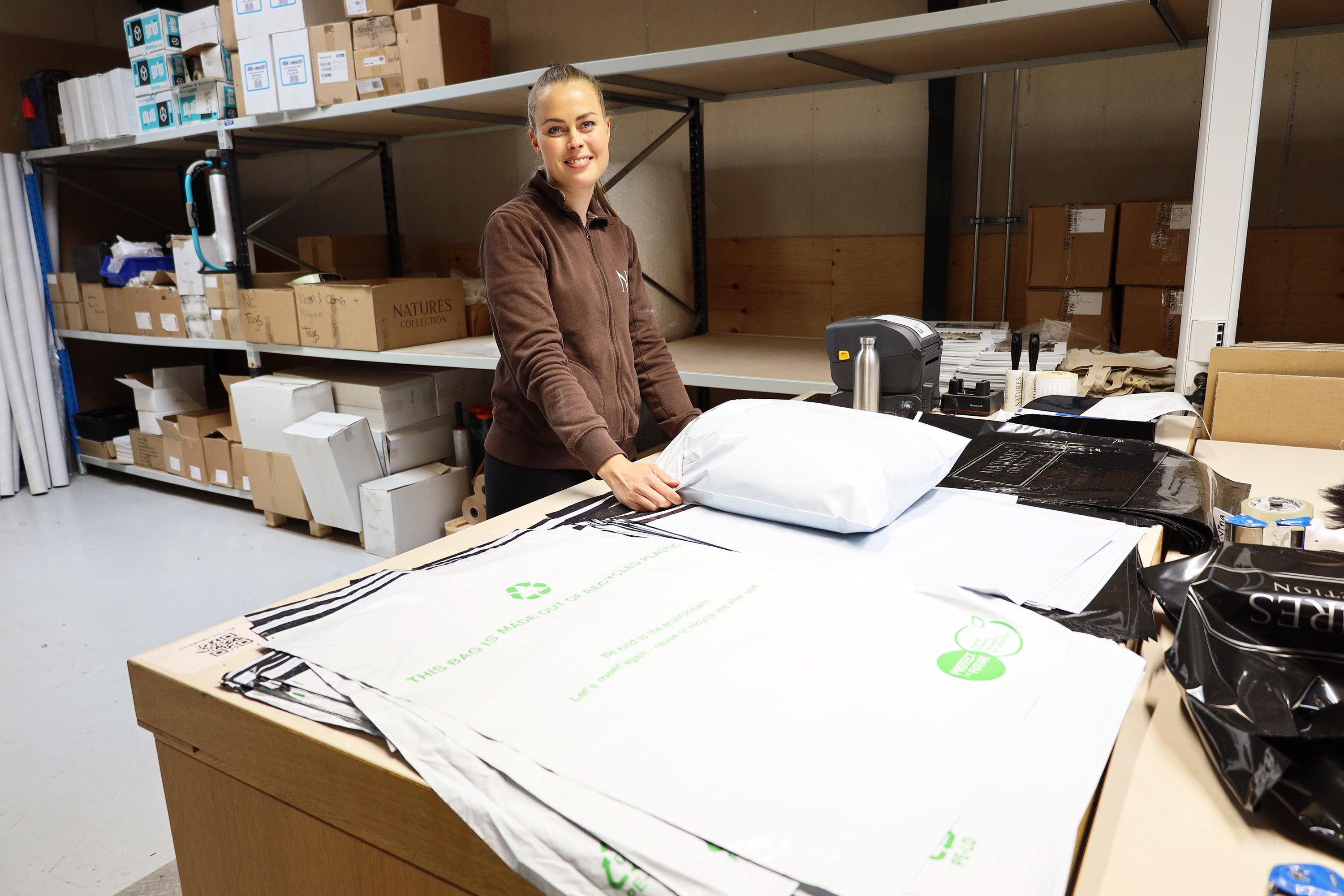
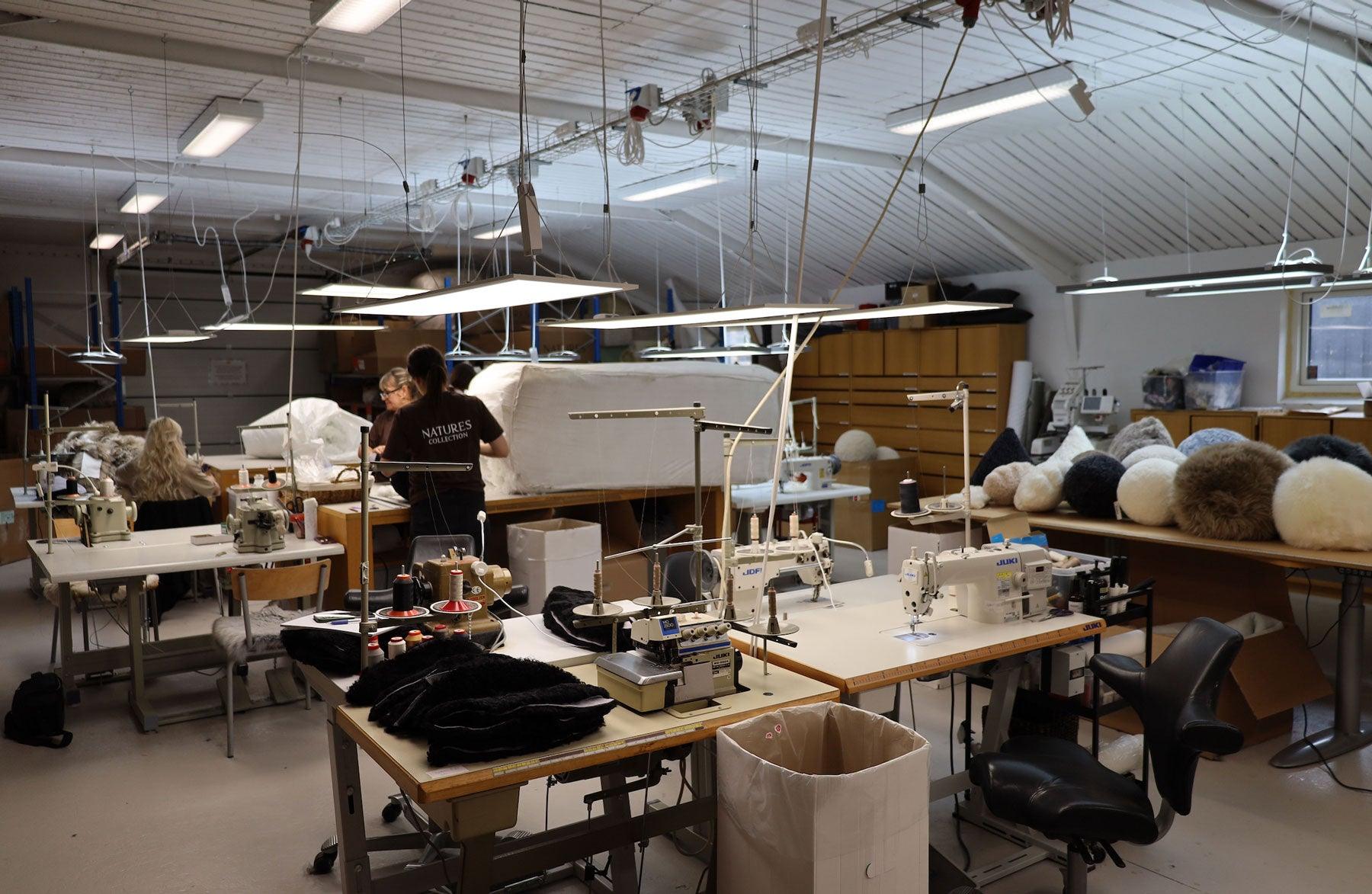
Leave a comment
This site is protected by hCaptcha and the hCaptcha Privacy Policy and Terms of Service apply.